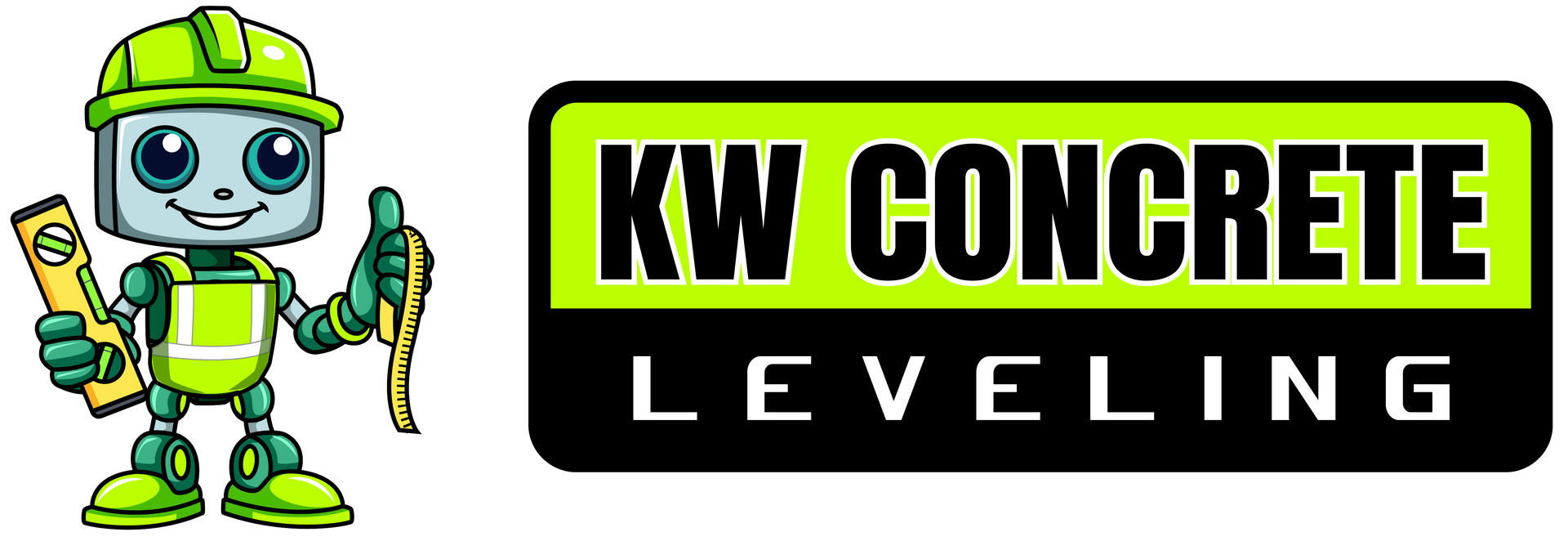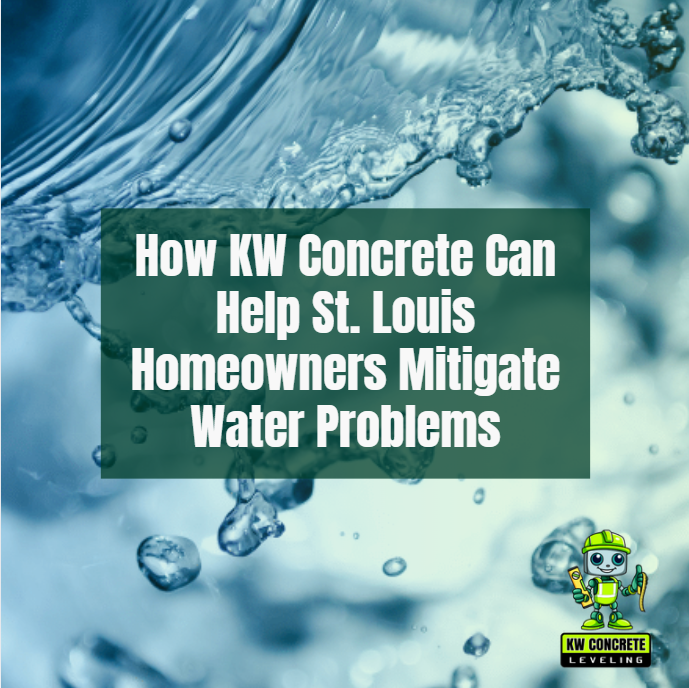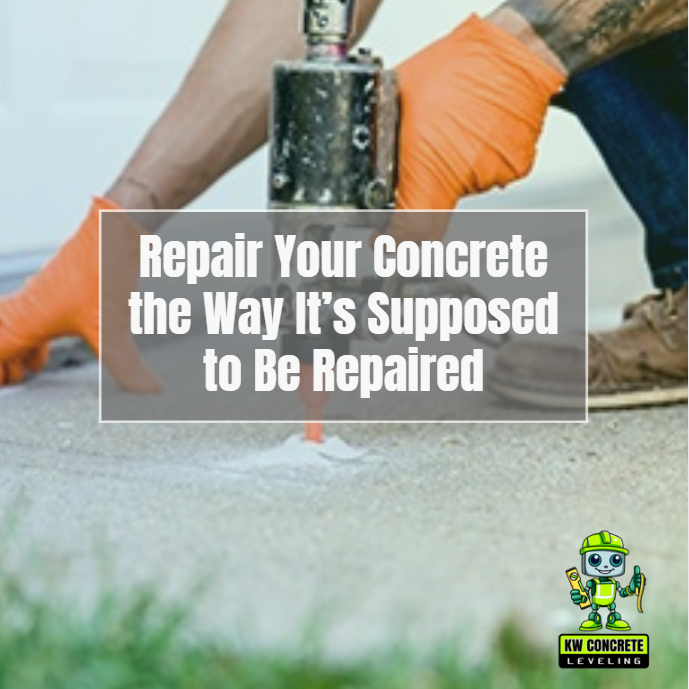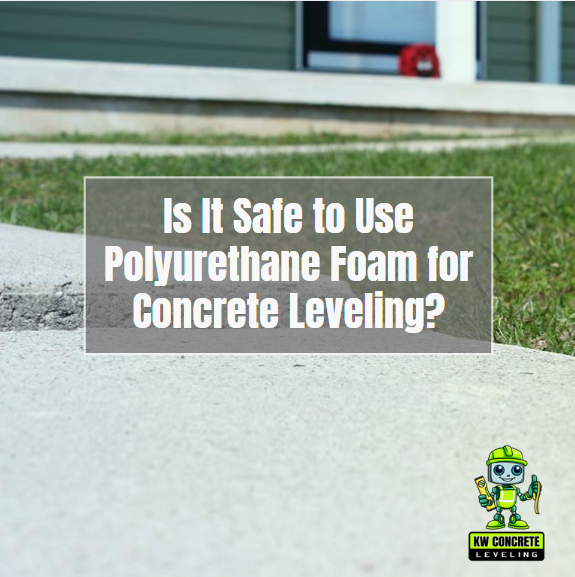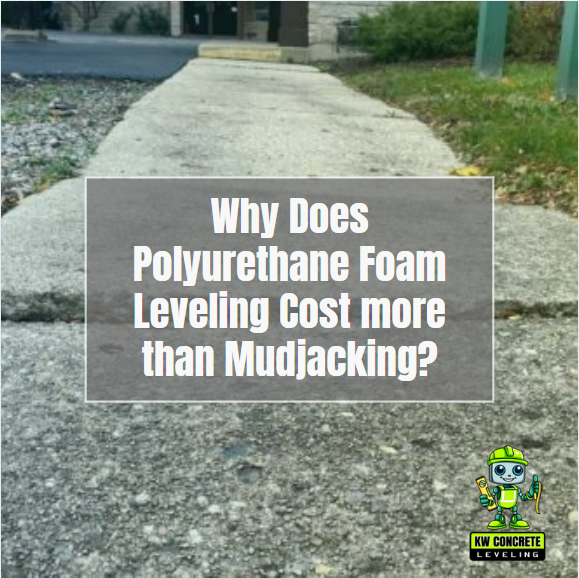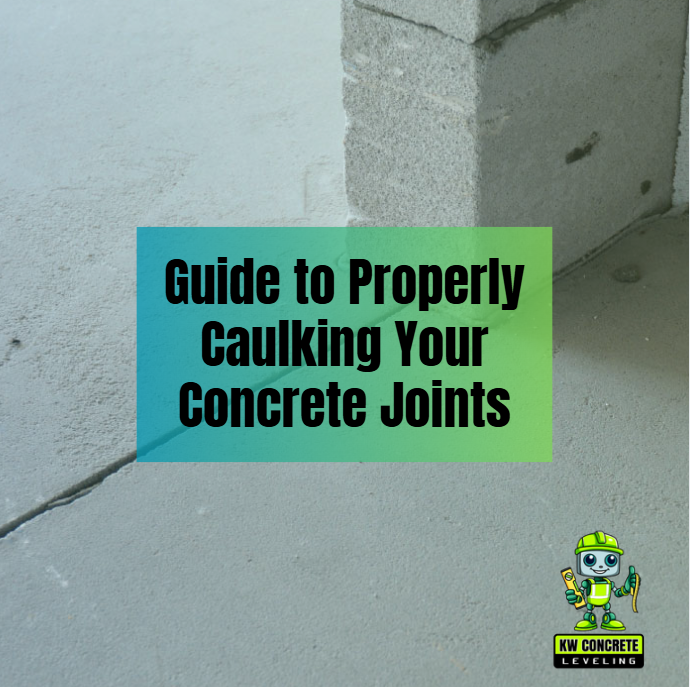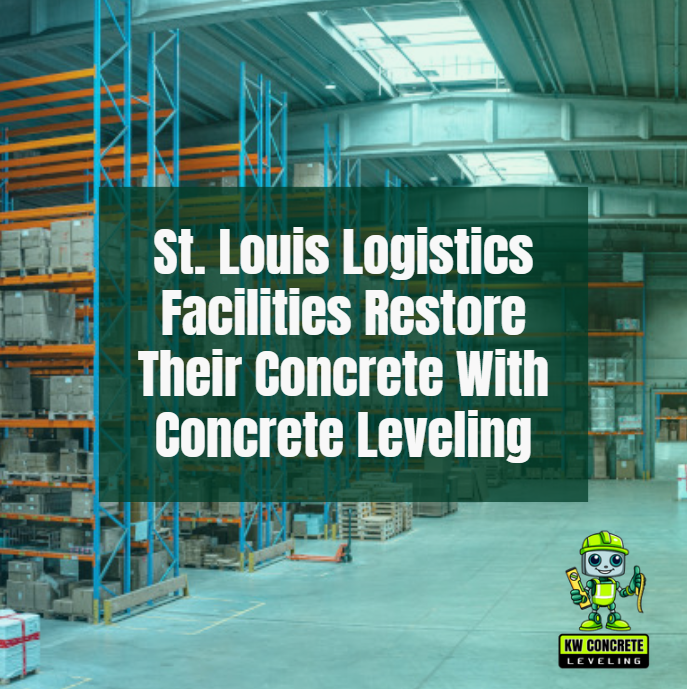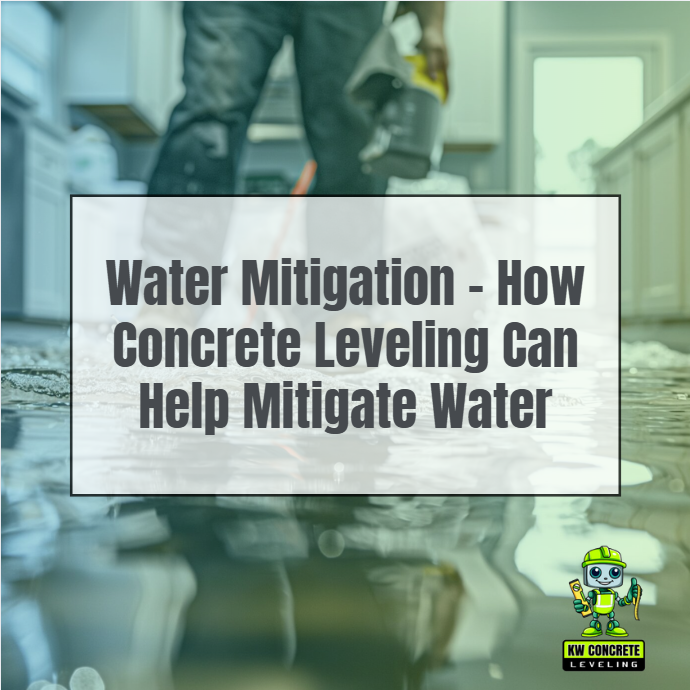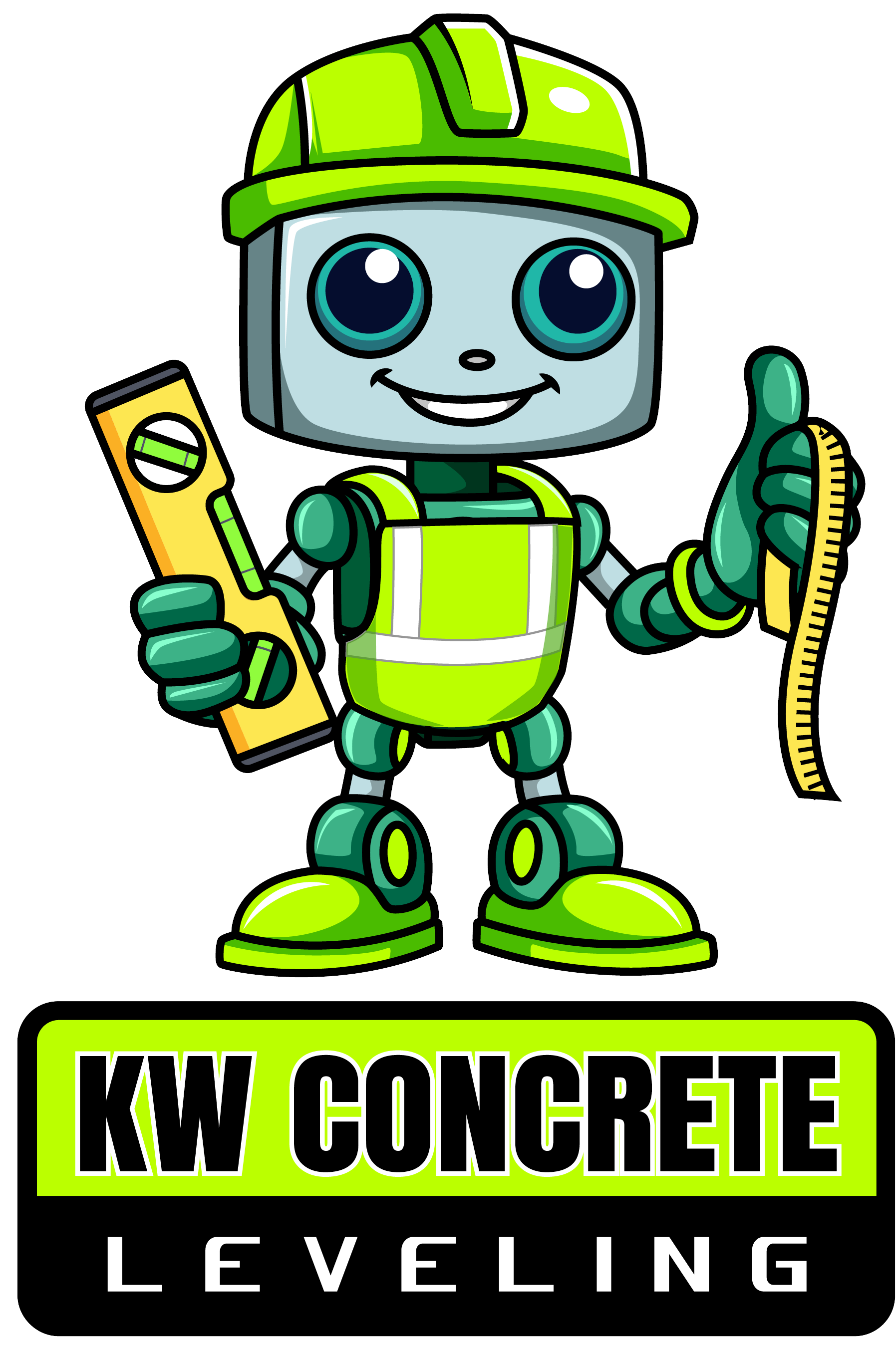When To Level Concrete Instead of Replace?
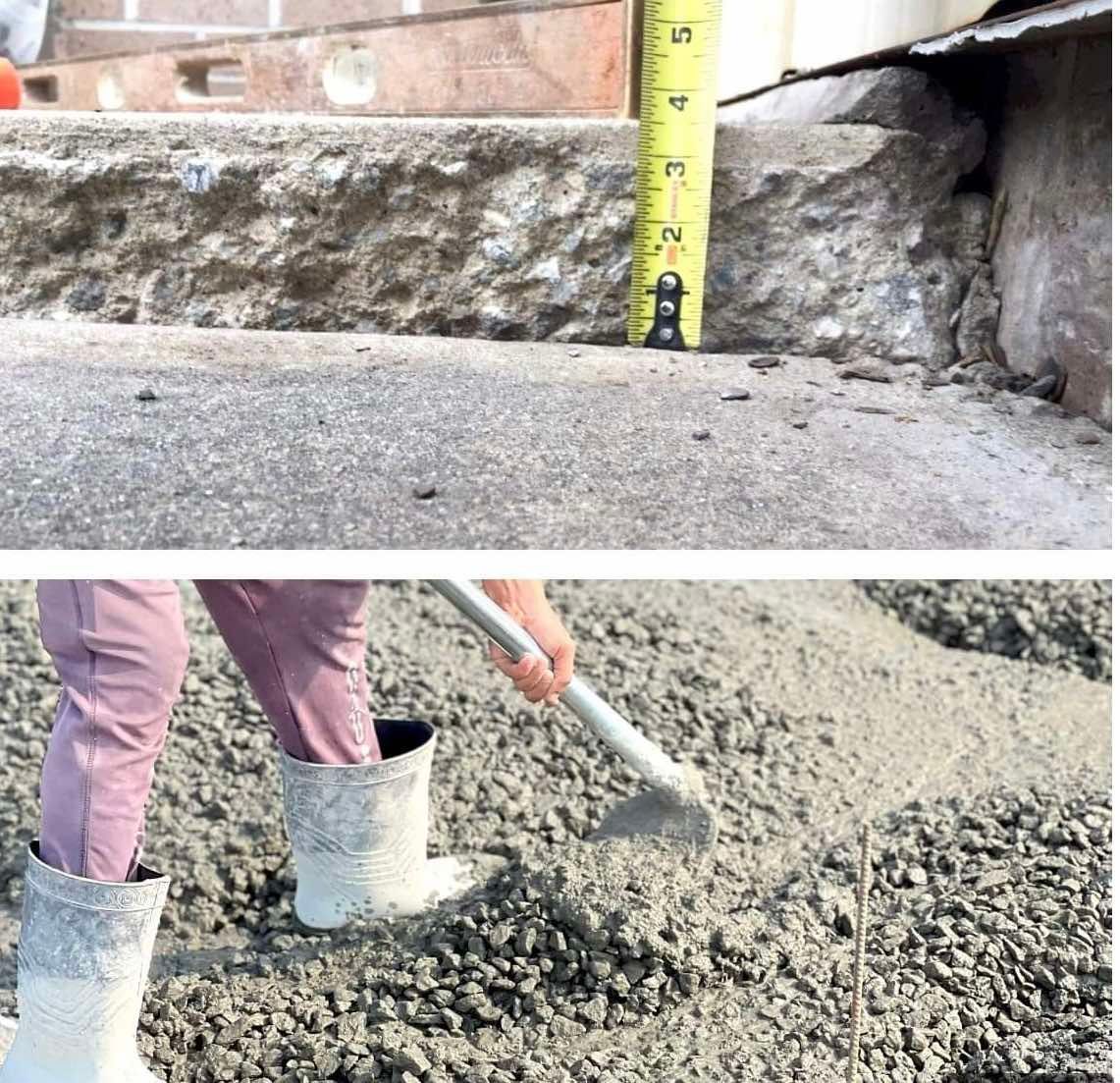
Damaged or uneven concrete is a common problem for homeowners and businesses in St. Louis and deciding between leveling or replacing it can be difficult. Both options can restore the function and appearance of concrete surfaces, but concrete leveling has several distinct advantages over complete replacement.
As a quick and low-cost fix, concrete leveling can fix small cracks, sunken areas such as pool decks, and water issues without the disruption and high cost of a full replacement.
This blog will explain the advantages of concrete leveling, the big difference between leveling and replacing and assist you to determine which is best for your concrete surfaces.
Key Insights
- Concrete leveling is more eco-friendly than replacement, as it minimizes waste and uses fewer resources by preserving the existing structure instead of discarding it in a landfill.
- While leveling is effective for minor cracks and uneven surfaces, it may not be suitable for severely damaged concrete or compromised foundations, where replacement may be required.
- Leveling is cost-effective and quick, ideal for minor surface issues, but replacement is better for long-term repairs on severely damaged or aesthetically important surfaces.
- Leveling is affordable, quick, and eco-friendly, but it may leave some cosmetic imperfections and is not recommended for foundational issues.
- Overall replacement provides a brand-new surface and is suitable for severe structural issues but is more costly, time-consuming, and environmentally impactful compared to Concrete Leveling which is quick, most cost effective, environmentally friendly, and great for cracks or slopes in your concrete.
When to Consider Concrete Leveling
Minor Cracks
Wear and weather also cause concrete surfaces to crack over time, as well as shifting foundations. When these cracks are small and localized, leveling is the best solution. It fixes the problem by filling and leveling, without having to remove and replace the entire slab.
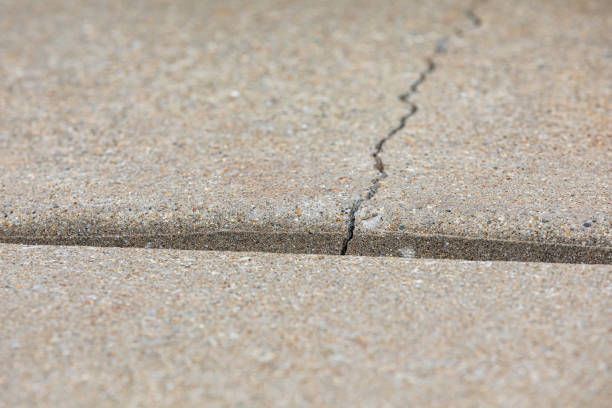
Sunken Concrete
Sunken or uneven concrete is common in St. Louis because of soil erosion or settling. With special techniques, concrete leveling raises and stabilizes the surface to its original position, avoiding trip points.
Water Issues
Water pooling or improper drainage can cause
concrete to shift or sink. Leveling can correct the underlying problem by correcting the surface slope and by allowing water to flow through without causing more damage.
Avoiding the Replacement Hassle
It is expensive and disruptive to replace concrete, as it must be demolished, removed and taken down days at a time. The quick and easy alternative to concrete leveling is concrete leveling, which saves time and money.
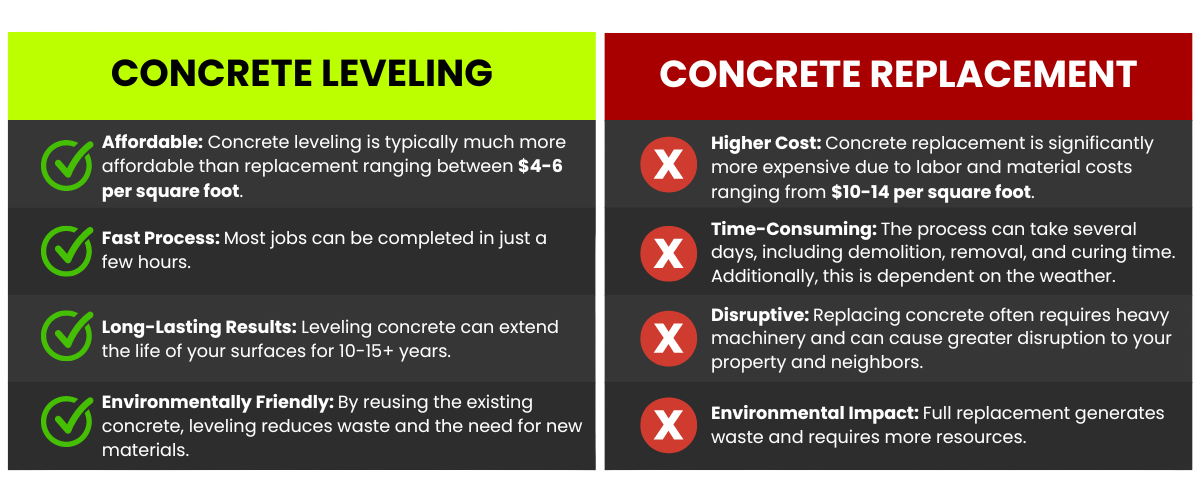
The Concrete Leveling Process
Concrete leveling is a series of carefully executed steps to raise and stabilize sunken or uneven surfaces. The process is broken down below:
Inspection and Assessment
A technician will inspect your concrete to determine the scope of the damage. This includes checking for cracks, uneven areas and problems with water drainage. A thorough assessment determines the leveling method to be used.
Drilling and Injection
Right after evaluation is completed, small holes are drilled into the concrete. Through these holes is injected a polyurethane foam or grout mixture which fills in the voids and raises the concrete to its original place.
Final Adjustment
After the material sets and the surface is level, extra substance is wiped off and the area is smoothed out.
Eco-Friendly Replacement v.s Leveling
Concrete replacement often has a larger environmental impact than concrete leveling due to the production, transport, and disposal processes involved. The production of new concrete is resource-intensive, requiring significant amounts of water and energy to mine, manufacture, and transport materials like cement, sand, and gravel. When old concrete is demolished, it’s typically disposed of in landfills, adding to environmental waste and the carbon footprint.
In contrast,
concrete leveling is a minimally invasive process that reuses the existing concrete structure. Rather than removing the slab and creating waste, leveling techniques (like using polyurethane foam) allow for the stabilization and lifting of sunken concrete surfaces.
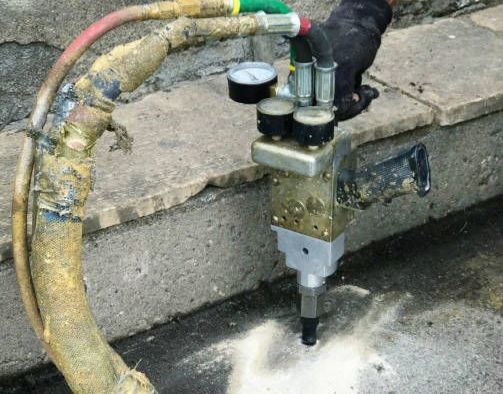
Limitations of Concrete Leveling
Concrete leveling can solve many types of concrete damage but is not always the best solution. Limitations include:
Severe Damage
For very damaged concrete or where the foundation is compromised, leveling may not be enough to restore the surface. In such cases replacement may be the only option.
Aesthetic Limitations
Concrete leveling is most effective on functional surfaces but does not always produce the same aesthetic results as a new slab. Some cosmetic imperfections may remain.
Should You Level Concrete or Replace It?
Choosing between leveling and replacing concrete depends on the extent of the damage and your long-term goals. If the concrete is slightly sunken, cracked, or having minor problems, leveling is often the better option.
It's
quicker, cheaper and causes less disruption. However, more extensive damage or an unstable underlying foundation may require a full replacement.
Replacing Concrete: What You Need to Know
Pros and Cons: Concrete Leveling vs. Concrete Replacement
Concrete Leveling Pros:
- Affordable and cost-effective
- Fast and efficient
- Minimal disruption
- Eco-friendly with less waste
- Can solve a variety of concrete issues(minor cracks, sunken areas, water problems)
Concrete Leveling Cons:
- Not suitable for extensive damage or foundational issues
- May not address aesthetic concerns completely
- Requires professional expertise for optimal results
Concrete Replacement Pros:
- Provides a brand-new surface
- Guaranteed to fix severe damage and structural problems
- Ideal for long-term, significant repairs
Concrete Replacement Cons:
- Expensive and time-consuming
- Highly disruptive, requiring demolition and reinstallation
- Contributes to landfill waste and higher carbon emissions
Choosing between leveling or replacing concrete in St. Louis is a matter of severity, costs and long-term effects.
Concrete leveling is a low-cost, effective and environmentally friendly option for minimal cracks, sunken surfaces and water drainage issues. But if severe structural damage or the foundation is compromised, replacement may be necessary.
At
KW Concrete Leveling, we offer Concrete Leveling services that save you time, money and hassle. In case you have questions regarding concrete leveling or replacement, give us a call today for an appointment.
Share This post with others!
Call For An Estimate!

